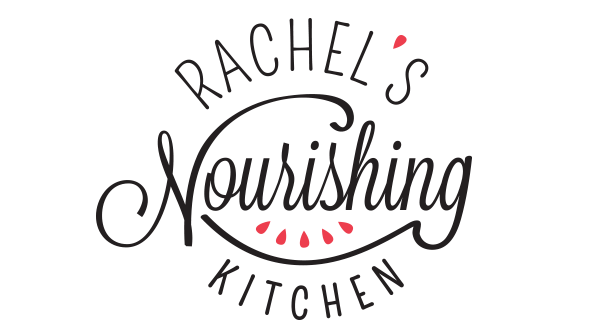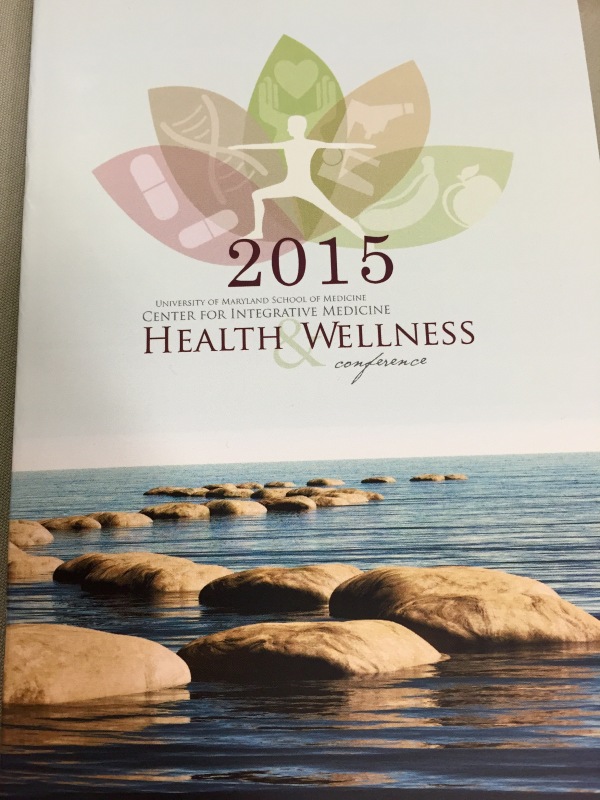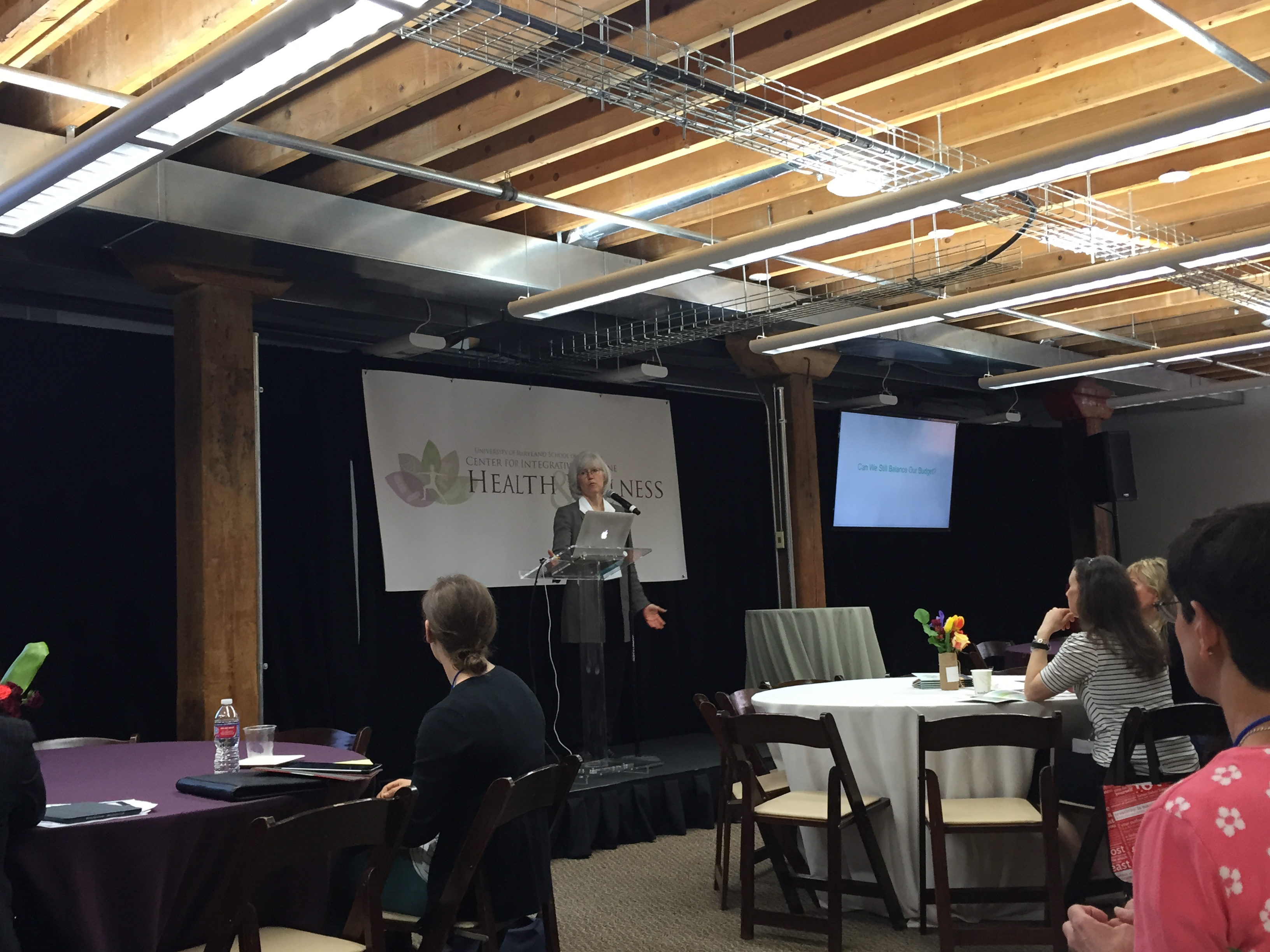Last month I had the opportunity to attend the Natural Products Expo East in Baltimore for the second time.
The Expo gives companies who create natural, organic, and healthy living products an opportunity to showcase their stuff to a community of retailers, practitioners, business owners, press, and bloggers like me 🙂
The best way I can describe the expo is like Halloween for healthy foodies. It’s like you get to meet all of the people behind all of your favorite products and then try their new stuff.
Pacing is important.
When you’re basically sampling all day from 9:30 until 6:00, you get full quickly, especially since many of these foods have decent amounts of fiber, healthy fats and protein.
Each year, new food trends pop up, and even though my #1 philosophy focuses on eating as much whole, real food as possible, trends are fun and can make mealtime and snack time a little more exciting.
Here are the top 10 trends I noticed in the natural food space and some products I tried along the way!
Transparency matters. Tell us what’s in your product and where it comes from.
As consumers are taking a closer look at labels and ingredient lists, there’s a growing demand for retailers to tell us CLEARLY what is in the packaged foods they’re making and to simplify their products to have fewer ingredients.
Here are some standouts that prioritize transparency. No secrets here!
- Bob’s Red Mill (Unprocessed is Our Process...LOVE it!)
- Quinn Popcorn (Farm-to-Bag. 100% ingredient transparency)
- Hilary’s Eat Well veggie burgers (Real food. No artificial anything. YES!)
- Simple Mills baking and bread mixes
- RxBar (ingredient list on the FRONT of the package…and no B.S.)
The “free from” (dairy, gluten, nuts, grains, soy, etc.) movement is in full swing.
Because of years of poor diet, chronic stress, too many antibiotics, and other environmental and lifestyle factors, many of us are walking around with compromised digestive health, not realizing how badly we feel until we start feeling better.
Since 70% of our immune system lies in and around our digestive system, it makes sense that an unhappy “gut” = less than awesome health.
While we’re in the recovery phase, (or if we have to be “free from” a particular food for life), it’s helpful to experiment with cutting out certain ingredients (for me it’s dairy and gluten) to feel better. These are some of my favorite “free from” brands. They’re all dairy-free and gluten-free and some are free from other allergens as well.
- Coconut Bliss Dairy-Free Ice Cream (I don’t love that they use agave, but if I’m eating this a couple of times a year, that’s not the hill I’m going to die on)
- Treeline Treenut Cheeses (OMG yes. I found out about these last year. MOMs sells them. SOOO good!)
- Gorilly Good raw, organic, vegan, non-GMO, gluten-free snacks
- Pure Genius bean brownies and blondies
- Simple Mills baking and bread mixes
- Forager nut milks and juices
- Wonderfully Raw brussel bytes
- Sunbutter sunflower seed butter
- Cappello’s grain-free, gluten-free pizza crusts, pasta and cookie dough
Gluten-free is the way to be (31% of the products at the expo were GF).

I also got to meet Elizabeth behind Purely Elizabeth granola! She’s a fellow IIN grad and a rock star!
- Two Moms in the Raw nuts bars
- Way Better chips
- Little Northern Bakehouse breads
- Simple Mills baking mixes, pizza dough and bread mixes
- Bob’s Red Mill flours
- Sweet Note Bakery bagels (if you absolutely must have a bagel every now and then)
- Purely Elizabeth granola
- Food for Life breads
Paleo is still going strong.
As the free-from movement continues and we get back to our roots of eating real food, the paleo diet (no grains, legumes, dairy, sweeteners, processed foods) maintains its strong following.
Their philosophy is, “If man made it, don’t eat it.”
As someone who doesn’t eat gluten or dairy, I often buy products labeled “paleo” because I know they will not have gluten or dairy in them, which gives me some peace of mind!
Check out some of these paleo options:
- Treeline Treenut Cheeses
- Cappello’s grain-free, gluten-free pizza crusts, pasta and cookie dough
- Two Moms in the Raw nut bars
- Simple Mills baking and bread mixes
- Paleo Scavenger granola
- Epic bars and jerky
- Mikey’s Paleo English Muffins
- Ever Bars hemp protein bars
- Eating Evolved dark chocolate
Organic, grass-fed meats and dairy are the new standard.
Cows are supposed to eat grass, not grains. When cows are fed grains, they often get sick and have to be pumped full of antibiotics, which then end up in our food. This is no bueno for the cows or for us.
That’s why we want to buy grass-fed beef whenever possible.
To take it to the next level, grass-FINISHED beef is the gold standard because it means that in the last stage of their life, the cows were still fed grass rather than being fed grains to quickly fatten them up.
A few brands of grass-fed jerky to check out:
- Epic bars & jerky (Bill loves these and we find them at Wegmans, Whole Foods & MOMs)
- The New Primal jerky (cows are grass-fed AND grass-finished). You can find these at REI.
Move over coconut water. Maple water is the new kid in town.
With a lower sugar content and price point than many coconut waters, maple water is a new trend.
I first found out about them when we were in Lake Placid this summer volunteering at the Ironman triathlon. Drink Maple had a team competing there, and we ended up being at the same cafe as them the day after the race.
Maple water has a subtle maple flavor and naturally occurring electrolytes, so for people who can’t stand the taste of coconut but want an option aside from plain water, this is definitely worth trying!
…But coconut is still in LOTS of products and is being reinvented.
- Hail Merry coconut tarts and macaroons
- Harmless Harvest coconut water (the gold standard!)
- Dang Foods coconut chips
- Theo chocolate almond coconut bar
Hemp is the new flax.
Hemp is an excellent source of easily digestible, plant-based protein and is a great source of healthy fats and minerals.
CBD is also becoming a popular cannabis-based ingredient in edible and consumable products that one could purchase from a cbd distributor. CBD businesses have become extremely popular over the years as the demand for hemp/marijuana-based products is soaring in the market. With a wide range of potential benefits from pain relief to anxiety management to help with insomnia, it’s no wonder that sites like Gold Bee (you can view the products they have to offer on the company website here) are becoming more and more popular. This is also why great care and attention need to happen on all ends when it comes to these businesses, including when it comes to financials. There are banks that accept cbd business for those that are looking, they just need to do some research in their business based area to find the right ones.
Here are a few hemp-based brands to try:
Turmeric, the ultimate anti-inflammatory, is taking center stage.
The key component of turmeric that makes it such an anti-inflammatory and protective powerhouse is curcumin. Research suggests that curcumin’s protective properties play a key role in the prevention and treatment of chronic disease and inflammation.
An inflamed body is a sick and angry body, so we want to do anything we can to cool inflammation, and curcumin that can be ingested via brands like CuraMed, is definitely one of the best ways to do this. But this is just one company to consider, so to find the best one for you, make sure to give these products a taste too…
- Temple Turmeric drinks
- Organic India tulsi teas (*new* turmeric ginger tea)
This final trend excites me the most!
There’s a focus on taking a step back to traditionally nourishing, gut-friendly foods like bone broths and sauerkraut.
Since 70% of our immune system lies in and around our digestive tract, eating foods that make our digestive system happy make our whole body look and feel its best!
- Nona Lim broth
- Real Bone Broth
- Wildbrine fermented foods
- Teaonic herbal tea tonics
And, that’s a wrap!
For a gluten-free, dairy-free foodie who is focused on prioritizing whole, real food made with integrity by people who care, those were some of my favorite finds at Expo East 🙂



































